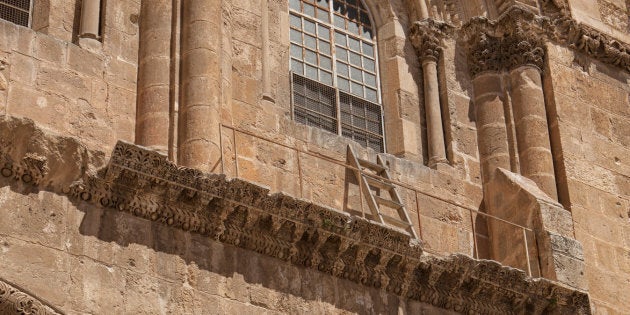
It's small, wooden ladder, perched under a church window. Old wood. Dusty, even from a distance. It's the kind of thing a janitor might use to reach the high glass.
And for almost 360 years, no one has been able to agree on what to do with it.
Why?
Well, it's no ordinary church, which makes it no ordinary ladder.
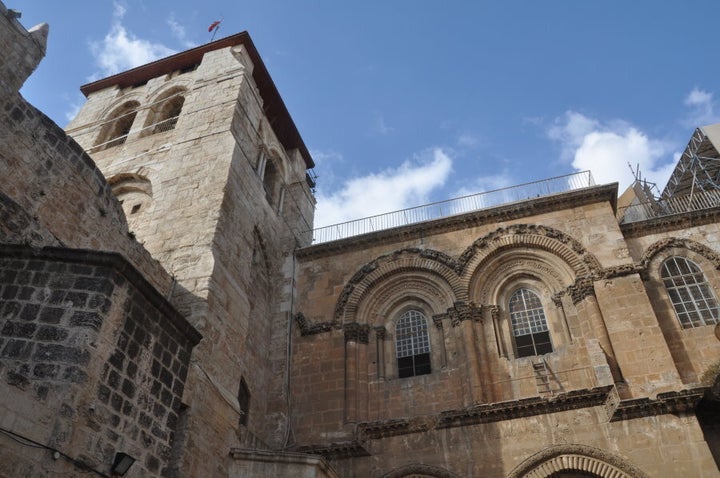
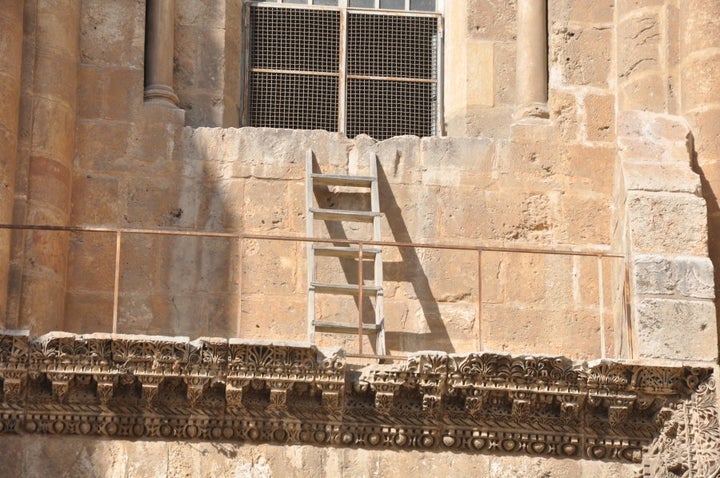
Or maybe it is just an ordinary ladder, depending on where you're coming from.
The so-called "immovable ladder" has been outside outside a window at the Church of the Holy Sepulchre in Jeruselam's old City since at least the 1750's.
The Church itself, located in the Christian quarter behind the high walls of Jerusalem's Old City, is a cavernous and ancient network of buildings (all up, it's more than 1,600 years old) and erected on what's traditionally been the sites where Jesus of Nazareth was crucified and resurrected.
People pack into the courtyard of the church through two small gates, forming a mass of bodies at the entrance to the church which is nestled within the confined and vibrant streets and markets of the old city.
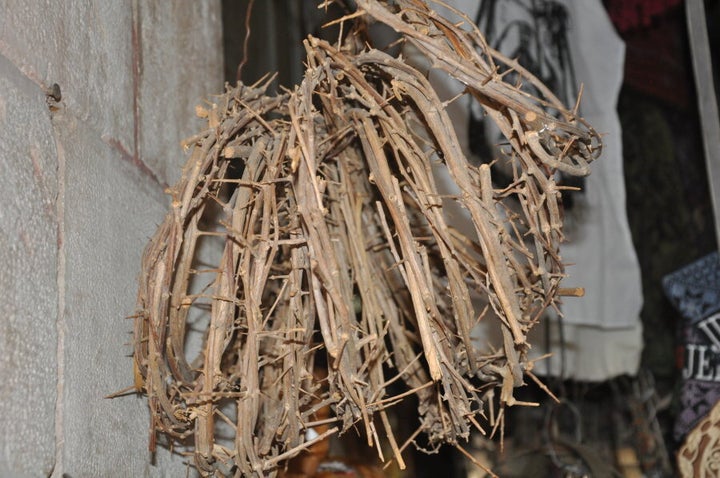
The building is managed in separate parts by six of Christianity's oldest churches under a complex tradition called the Status quo, which stems from a decree by Ottoman Sultan Osman III in the 18th century (and the occasional intervention of European powers).
So because everything in the Church is shared, none of the six churches who govern the site can agree on who'll take possession of the ladder. And so it remains. Incidentally a Muslim family has cared for the keys to the church for centuries.
The ladder, though, despite its name, has been moved twice, once in 1997 and again in 2009, for brief periods.
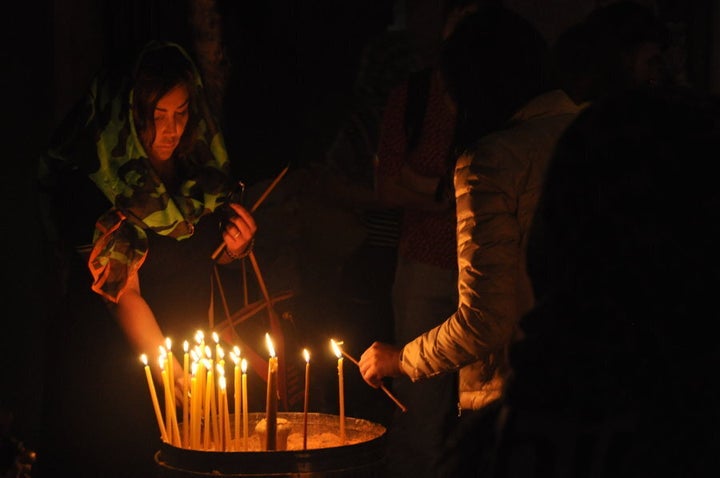
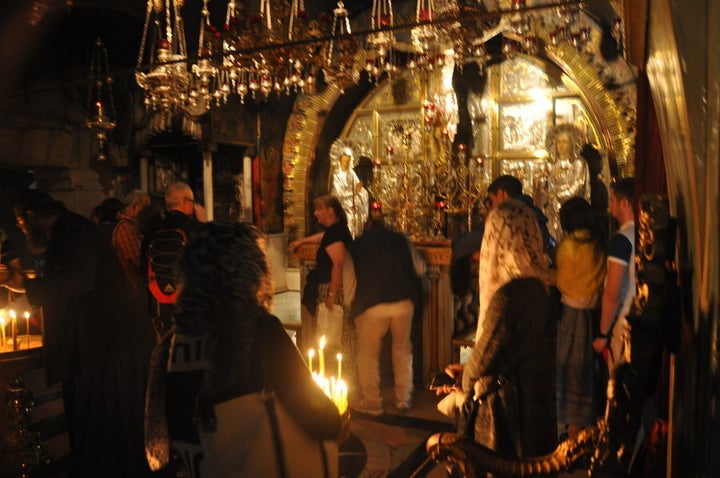
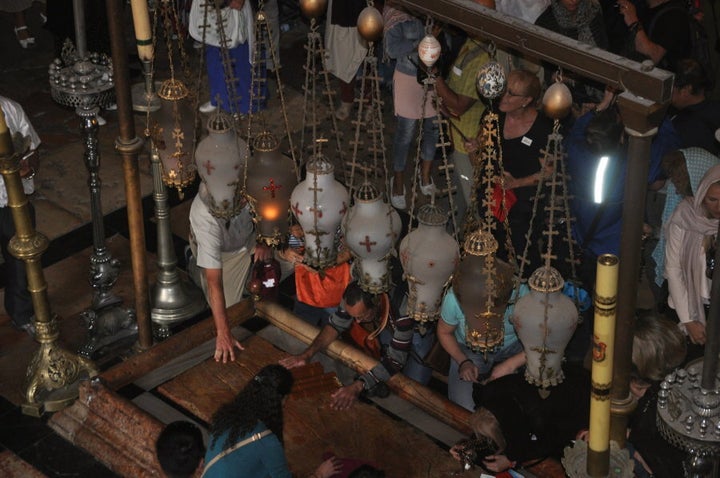
Inside and outside the church, faithful line up for hours to worship, undeterred by the renovations inside the cavernous -- but beautifully decorated -- network of old buildings within.
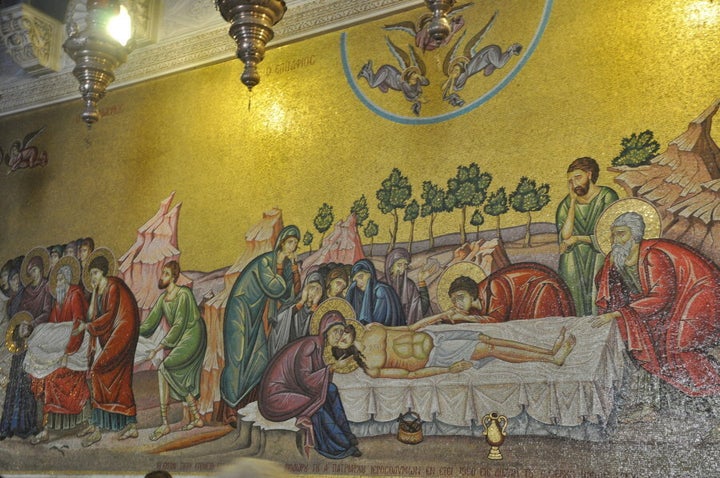
In October the assumed final resting place of Jesus was opened for the first time in at least 500 years as preservation experts attempt probe and analyse the stone slab where Jesus was placed after his crucifixion.

The Status Quo, hasn't always kept the ladder -- or the peace -- in place, with monks and worshipers known to occasionally fight at the site.